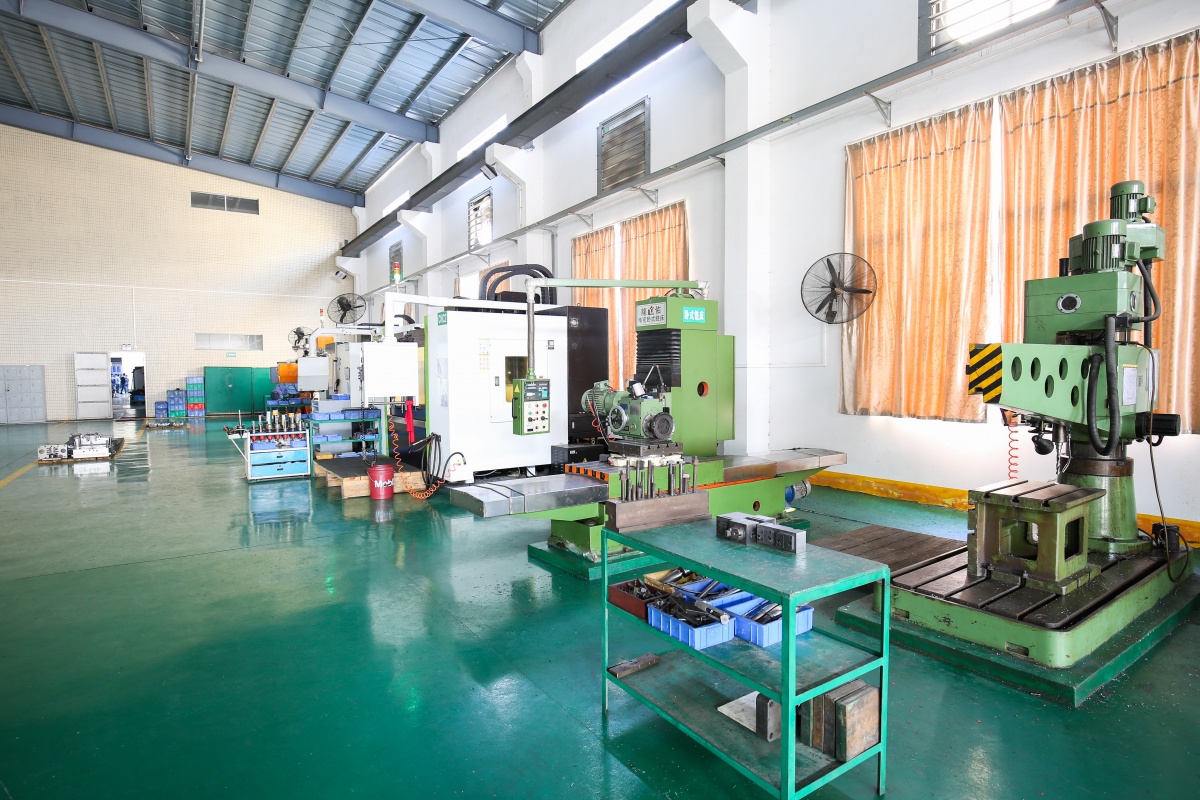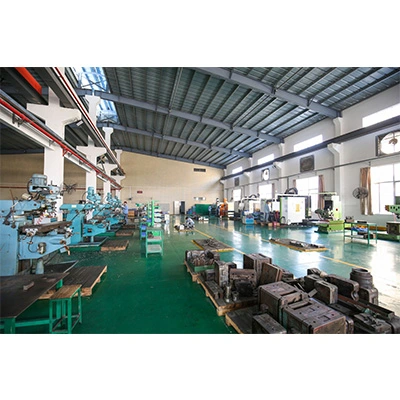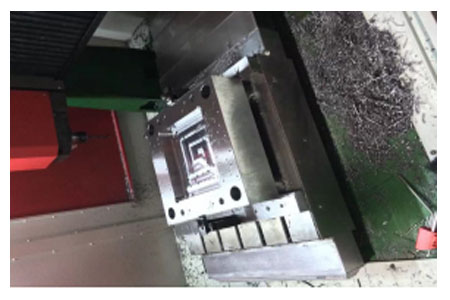

1. Confirm the quality requirements of die casting parts. A good gate design starts with an understanding of customer requirements.
2. Confirm the expected flow pattern and the location of the inner and outer gates. Visually inspect the metal flow direction of the die casting mold and confirm the expected liquid flow angle.
3. Confirm the number of parting surfaces of the die casting parts, the filling time of the cavity, the metal flow rate of each parting surface, and the metal flow rate of the entire die casting parts.
4. Confirm the restrictions on die casting mold components in the production process of the expected processing machinery-the speed of rapid injection, the size of the plunger, and the pressure of the die casting parts. What are the options for plunger ports, pressures, and fast flow speeds? Whether the determined processing machinery can get the desired flow rate and pressure or not.
5. For the parting surface of each die casting part, confirm its flow rate, gate speed, liquid flow angle, actual gate area, length, and thickness of the gate. Check the atomization flow and the results of the entire casting, re-analyze against the process limits until a satisfactory result is obtained.
6. If required, perform PQ2 analysis on the inner gate of the die casting mold.
7. Design a sprue system to support the inner gate of the die casting mold to return the injection port.
8. Design the exhaust port and overflow port.
9. If the expected design is entered into the simulation software and fine-tuned, the simulated die-casting mold can show the flow pattern, hot or cold area, and porous area that we cannot visually detect in the second step.
The selection of the process will affect the gate design of the die casting mold. The different matching modes are adapted to the production process of the factory. Before the best solution and the most promising design are successful, it usually needs to undergo multiple analyses until it is suitable for the selected process.


